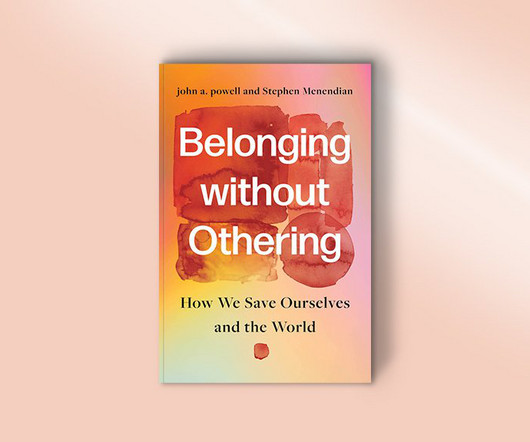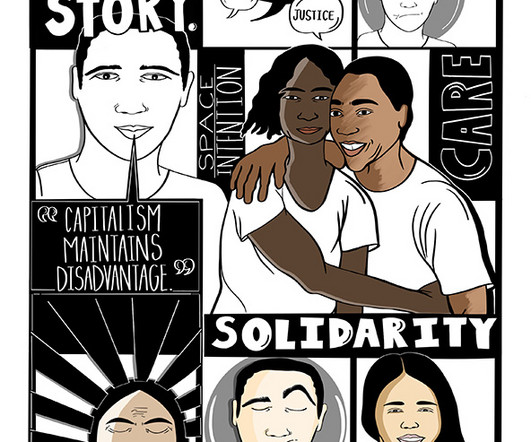How to Achieve Belonging without Othering: A Conversation with john a. powell
NonProfit Quarterly
JULY 23, 2024
Truth to Power is a regular series of conversations with writers about the promises and pitfalls of movements for social justice. In a sense, the technology has given [us] the ability to communicate and have contact with each other, which is great and creates new possibilities but also new dangers. But the world is smaller now.













Let's personalize your content